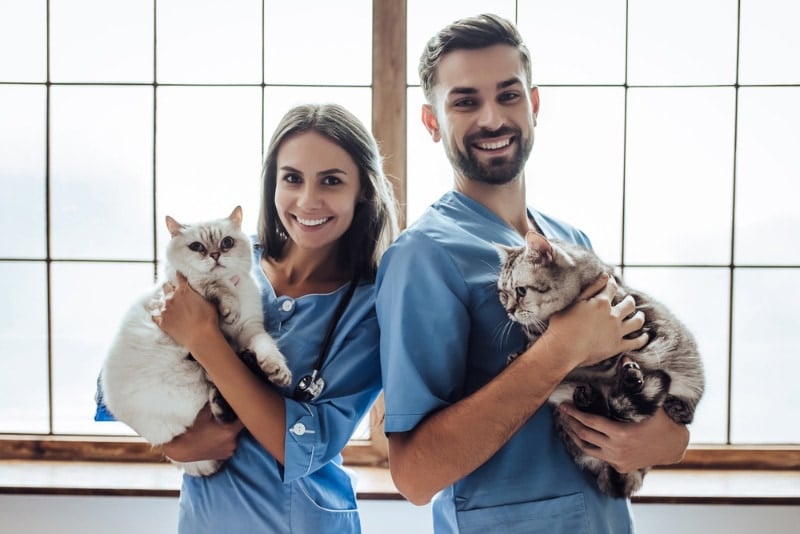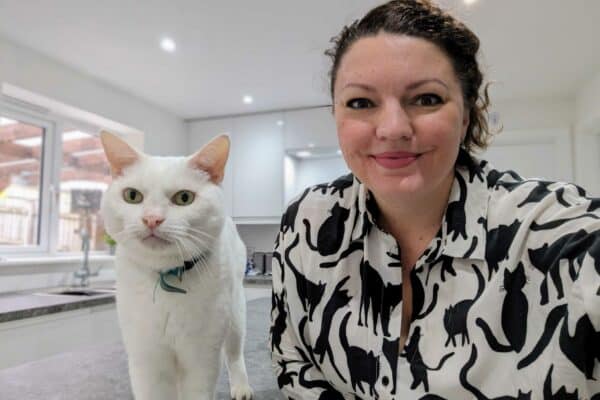For most people, their knowledge of what happens at the vet’s office starts and ends in the consulting room. Sometimes the vet needs to take your pet in the back to draw blood or run tests, and I bet most of you would like to know what it is that goes on “back there” and what else happens outside the confines of that little room where you’re patiently waiting.
When it comes to a veterinary practice, the waiting room is like the tip of the iceberg, and things get bigger, more complex, and busier the further back you go. So, to give you an idea of what goes on behind the scenes at a veterinary hospital, I’m going to take you with me on a day in my life as a veterinary surgeon.
Morning Routine? What Morning Routine?
One of the most interesting, exciting, and stressful parts of being a vet is that no two days are the same, and your carefully planned morning can get thrown out the window in the time it takes for a dog to run in front of a car. You can never plan an emergency, and if you try to leave a gap in your planner to allow for one, you can be sure that there won’t be a soul through the doors all day! I’m going to take you through what my morning routine looks like on paper, with some real-life cases, stories, and emergencies mixed in.
My usual work hours are 8:30 a.m. to 6:30 p.m., so I usually arrive somewhere between 7:45 and 8:00 a.m. in the hopes that I will be able to enjoy a cup of coffee while I look over the calendar and surgical list for the day ahead. Sometimes, that’s exactly what happens. Other times, there’s someone waiting at the front door with a sick or injured pet before I’ve even parked the car.
Some days, I will be consulting all day, and others, I will only consult for a short period in the morning before going out to start on surgery and other procedures.
Fifteen minutes are allotted for each consultation, with a short break every hour or so, which usually allows me to catch up. Some appointments, like a routine vaccination or a post-op check, can take only 5 minutes, while others can leave me running behind by half an hour or more. Our reception team tries to keep the appointments as spread out and balanced as they can, but it’s common to go from seeing a cat who hasn’t eaten all week, then to a puppy vaccination, then a euthanasia, then a boisterous dog with a sore leg, all in the space of an hour. It can be quite the emotional rollercoaster!

Consultations: Where Vets Go When They Say They’re “Going Out Back” With Your Pet
Every veterinary practice is different, but when you venture beyond the consulting room doors, you will find that most have a similar assortment of rooms and equipment.
1. Treatment or Prep Room
This is like the hub where much of the action takes place. It is where surgical patients are prepped, minor wounds may be treated, bandages are placed and replaced, and blood samples are taken. Most other parts of the hospital will lead off from this room.
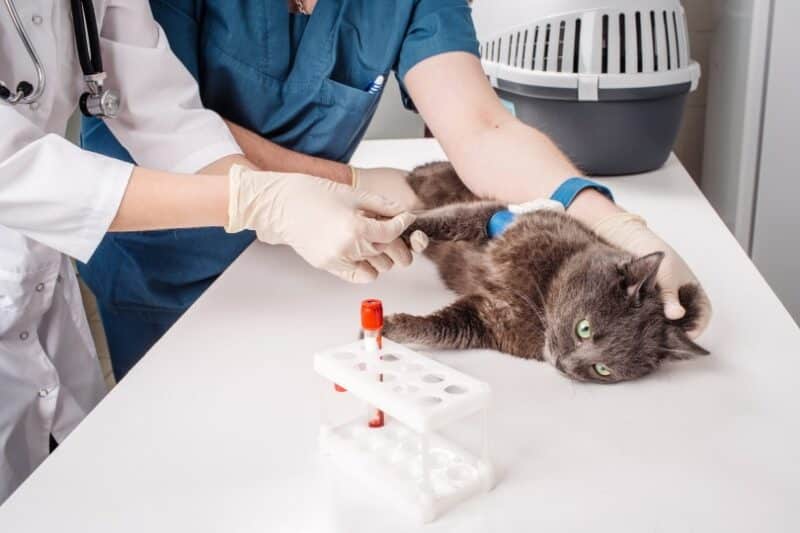
2. Non-Sterile Procedures Room
This may be an extension of the prep room, and it is a place where dental and other non-sterile procedures happen.
3. Theaters
There will be one or more operating theaters that are kept empty and clean until they are needed in order to maintain a sterile environment.
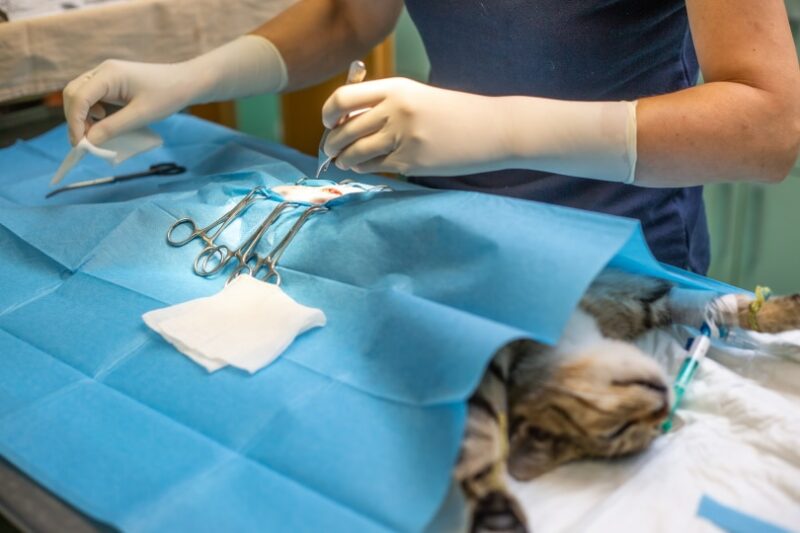
4. Imaging
Most practices will have an X-ray machine or ultrasound, usually both.
5. Laboratory
Although this is often no more than a hallway or room slightly larger than a broom closet, the veterinary lab allows us to run blood tests, urinalysis, and cytology on-site, reducing the number of samples we need to send away to external labs.
6. Kennels, Cages, and Wards
Depending on the size of the hospital, there may be several different wards, with separate areas for cats and dogs, a recovery ward for surgical patients, and an isolation ward for patients with an infectious disease.
Hospitalized patients may stay at your vet practice overnight or be transferred to a separate practice for their overnight care.
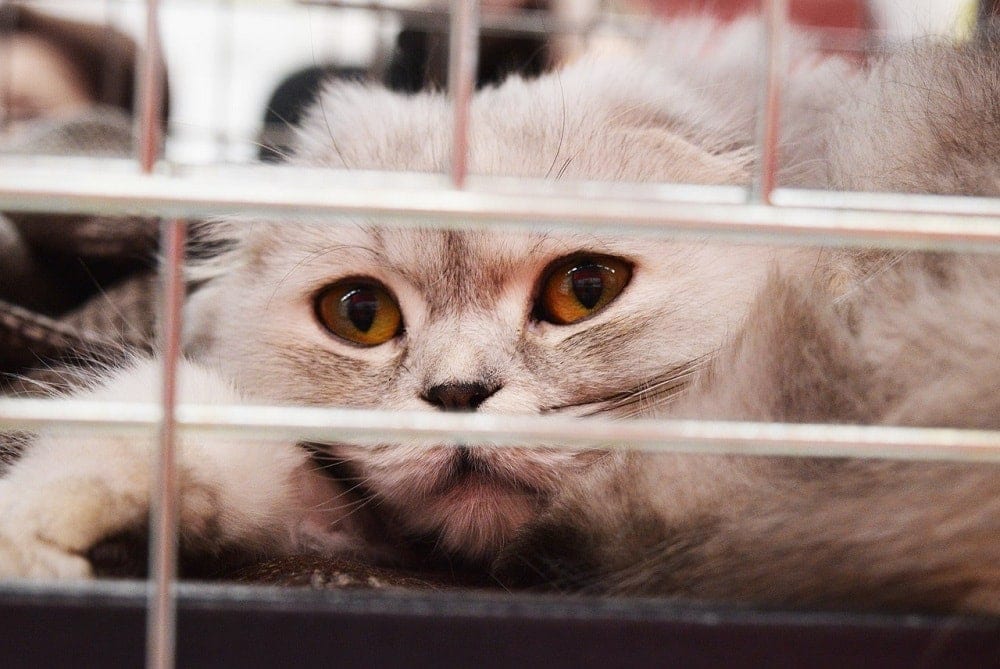

The Surgery To-Do List
Depending on the day, it could be completely deserted in the back, or there could be no empty cages and it’s all hands on deck to make sure that every cat, dog, rabbit, and everything in between is getting the care and attention they need.
When I have surgeries, I’ll go through the list for the day to work out the order of the operations, and check premedication doses with the nurses.
If I’m lucky, the nurses may already have my first surgical patient prepped and ready to go by the time I’ve finished my morning appointments. If not, I help them get IV cannulas into each pet, then we’re ready to start operating.
Because veterinary practice tends to follow the law of Murphy, on the days when there are two cat castrations booked in, nothing else will happen. If there are two dentals, three lump removals, and an X-ray on my list, this will be the day that we will also have an emergency cesarean and a dog that swallowed a golf ball.
What I always find amazing about every veterinary team I have worked with is their ability to perform the roles of multiple people at once, without ever compromising on their patient care. Sometimes we manage to squeeze in a nice long lunch break, and other days I’m eating a sandwich while monitoring a cat’s post-surgical recovery. Working in a veterinary hospital is the ultimate way to perfect your multitasking skills!
The Long List of Unpredictables
There is an unspoken rule in hospitals and veterinary practices throughout the world: Don’t say the “Q” word. The moment you even think that everything seems quiet, calm, or under control, that’s when the phone starts ringing.
The dog that ate a whole bar of chocolate, the cat that misjudged the height of the fence, the rabbit who hasn’t pooped in 24 hours, the ruptured abscess, bleeding foot, squinting eye, and swollen face—all the things that can’t wait until morning are the things you can never predict, and once again, multitasking comes in handy. It’s not uncommon for me to be seeing one patient for a consultation while waiting on blood results for another.
On a busy day, I often feel like a duck swimming on water; looking calm and under control on the surface, while underneath it’s a flurry of activity! And in many ways, the whole practice is like that as well. What you see on the outside does not necessarily reflect the hive of activity beyond the consulting room walls.
For every busy vet, there are several nurses, vet techs, and kennel hands cleaning up after us!
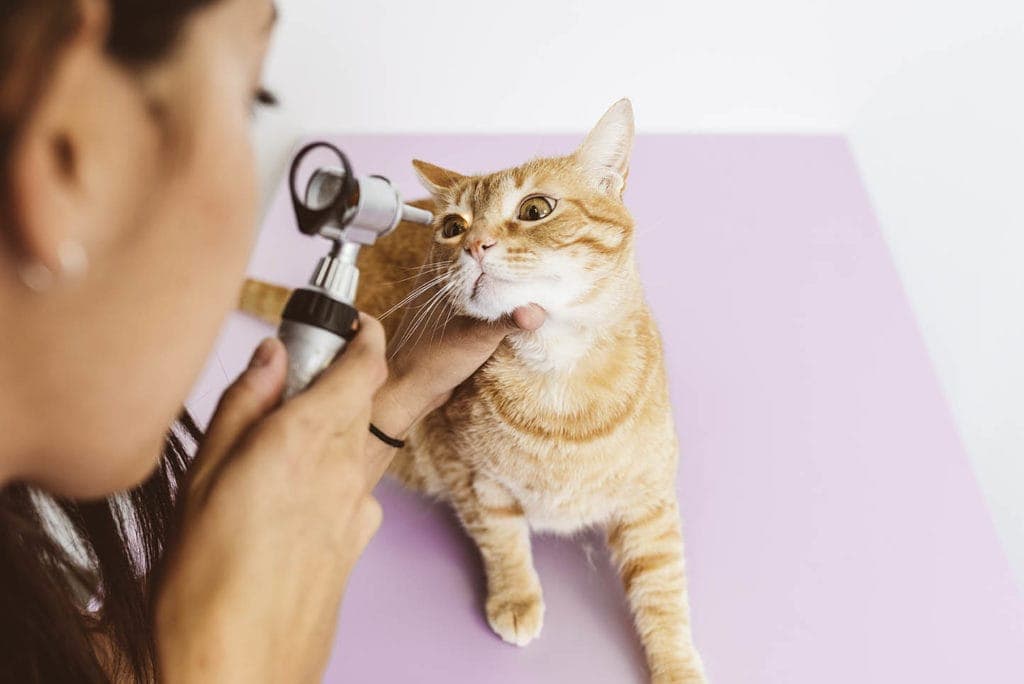
Clocking Out on Time
One thing that will keep many of us late after all the patients and their humans have made their way home is patient notes. The days that are the busiest also have the most patient notes to write up and the least amount of time to do it. I was once asked this question by an eager young student: What single piece of advice would I give any aspiring vet? Learn to touch type quickly. Being able to record notes and patient histories during an appointment is a skill you will cherish, because when it comes to the end of a long and busy day, trying to remember what you meant by “rh, 4 week, ball?” can be rather frustrating, not to mention confusing for the next person that reads your notes!
Many practices will schedule a block of time to allow us to make follow-up phone calls, report lab results, and write up cases, but emergencies will always take precedence, so it’s not unusual to still be at your computer long after the sign on the door changes to “closed.”
Some Final Thoughts
There are lots of different types of veterinary practices, from small branch surgeries to large hospitals, specialist referral centers, emergency practices, and those that treat farm animals and horses. Each one will have their own layout, their own routines, and their own staffing structure. But the one thing that I can guarantee they all have in common is that every day is different.
Being a vet is a rewarding, challenging, fun, stressful, wonderful, and emotional job and one where variety is never in short supply. Most vets in first-opinion practice are your pet’s physician, surgeon, dermatologist, dentist, optometrist, radiographer, ultrasonographer, physiotherapist, gastroenterologist, neurologist, urologist, podiatrist, behaviorist, and palliative caregiver.
On a busy day, we might see 30 patients, of which three are emergencies, six will be critically ill, and two will end in euthanasia, and every single one will get our best. It’s not an easy job, and most days are long and stressful. Fortunately, it also comes with a healthy serving of puppies, kittens, and lots of amazing animals, which is not so bad for a day’s work.
Featured Image Credit: 4 PM production, Shutterstock
Contents
- Morning Routine? What Morning Routine?
- Consultations: Where Vets Go When They Say They’re “Going Out Back” With Your Pet
- 1. Treatment or Prep Room
- 2. Non-Sterile Procedures Room
- 3. Theaters
- 4. Imaging
- 5. Laboratory
- 6. Kennels, Cages, and Wards
- The Surgery To-Do List
- The Long List of Unpredictables
- Clocking Out on Time
- Some Final Thoughts

